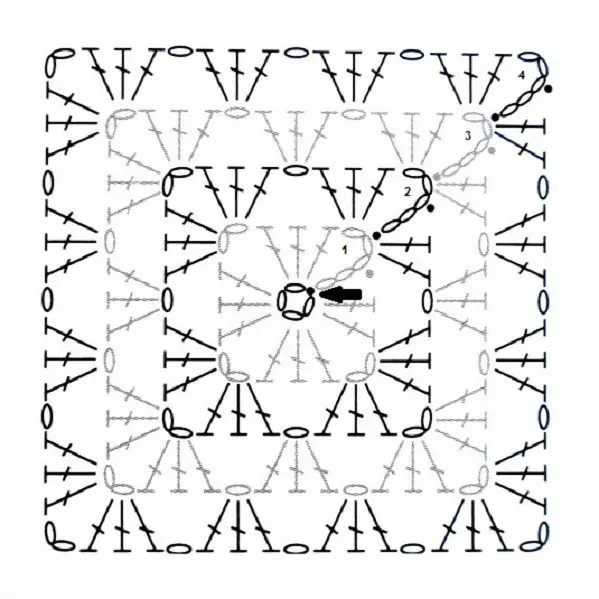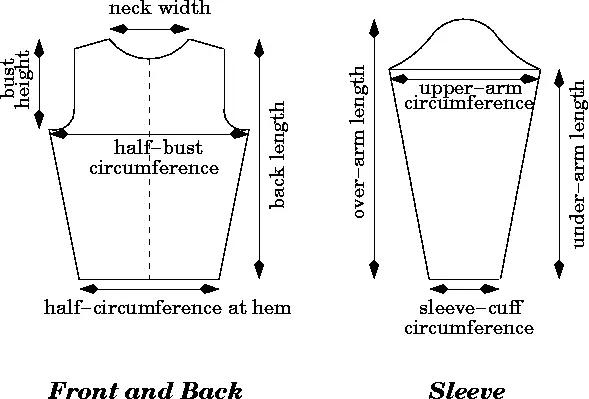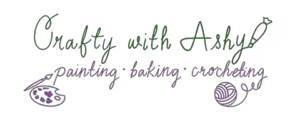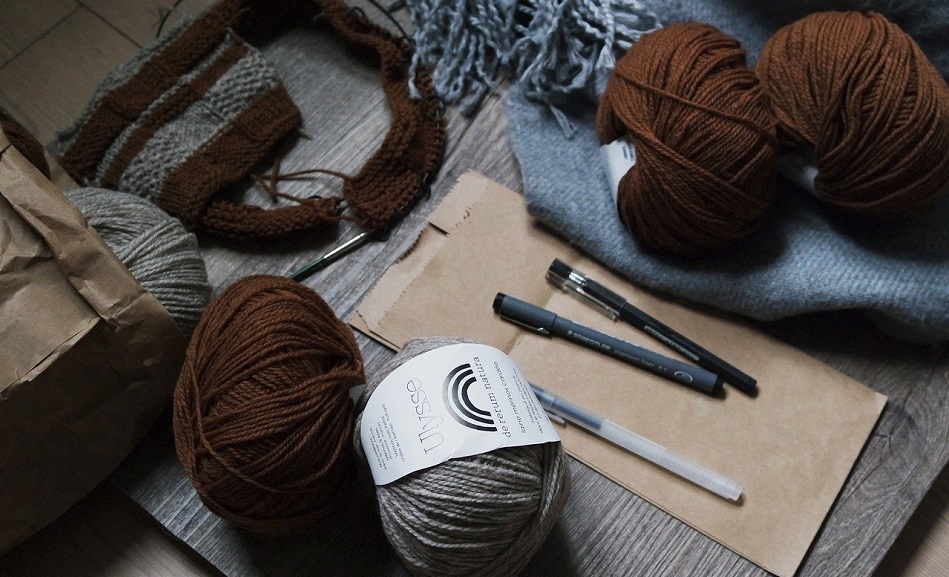As with any hobby, career, niche; the crochet world is full of jargon. We, those who are “in it,” all think it makes perfect sense! But if you are new to the craft, or if you run across something you haven’t seen before, it can feel like reading a foreign language!
So, how are we going to decode crochet jargon? In this post, I have provided a a very inclusive chart that give the abbreviation, definition, written description, and (as needed) either a picture or video of what it means!
My inclusive crochet terminology table is based on information from The Craft Yarn Council which provides the standards for crochet terminology. I have compiled the information available into a single table to improve convenience and provide the BEST resource out there for you!
Following the chart, there is some additional information about variations you may see. I know it is LONG, bet I definitely recommend glancing at the information after the chart as well!
Crochet Terminology Chart
| Term/ Abbreviation | Definition | Description | Picture/ Video |
|---|---|---|---|
| * | used to group a set of instructions | repeat instructions following the single asterisk as directed | |
| * * {} [] () | used to group a set of instructions | 1. used to group a set of instructions to be worked into a single space (e.g. (hdc, 3 dc, hdc) in next stitch=work all of those stitches into the same place) 2. may indicate a series of stitches worked across a row or round that will be repeated, followed by instructions for how many times or where to repeat the sequence (rep ** 5 times=do those steps 5 times total) | |
| ” or in | inch | usually used for final project size and for the gauge swatch | |
| alt | alternate | 1. may be used for “alternative” if the pattern is designating they are using a stitch different from the standard (alt-dc=alternative double crochet 2. may meant to switch back and forth (e.g. alt sc/bo in rem sts=do a single crochet, then a bobble, and repeat for the rest of the stitches in the row) | |
| approx | approximately | usually used when describing the amount of yarn needed for a project | |
| beg | begin/beginning | 1. used to indicate the first stitch of the round (e.g. sl st to beg dc=work a slip stitch into the first double crochet that you did made in the round) 2. could be used to indicate a “chainless” turning method (e.g. BegHdc=beginning half double crochet; means to perform that stitch instead of the typical chain 2 then turn method) | |
| bet | between | 1. used to indicate to work between two stitches instead of “into” them 2. used when stating to repeat instructions between two marks (e.g. rep bet **=repeat the instructions between the asterisk) | |
| BP | back post | post refers to the tall part of the stitch; back post indicates that you will insert your hook from the back of the work if instructed to work a “back post” stitch | How to Crochet-Terminology Explained-Back Post |
| CC | contrasting color | not the main color of the work or the second color used in a project | |
| ch-sp | chain space | the hole in the fabric created by working chain stitches in a row (usually skipping working into a stitch); sometimes will be noted as ch-#-sp (e.g. ch-3-space) | How to Crochet-Terminology Explained-Chain Space |
| chart | A pictorial representation of the crochet pattern |  | |
| cm | centimeter | usually used for final project size and for the gauge swatch for countries that use metric system | |
| cont | continue | keep doing what the instructions said just before | |
| diagram | the area of the pattern that shows the shapes and dimensions of the finished pieces of crochet (e.g. sleeve, front, back) |  | |
| dec | decrease | means that you are “decreasing” the number of stitches in a row; interchangeable with stitches named “2 together”, you are going to “work” 1 of that stitch over two of the previous stitches | |
| foll | following | used to indicate the next how ever many stitches or rows | |
| FP | front post | post refers to the tall part of the stitch; front post indicates that you will insert your hook from the front of the work if instructed to work a “front post” stitch | How to Crochet-Terminology Explained-Front Post |
| g | gram | weight, usually used when indicating how much yarn is needed for a pattern in addition to yardage; on yarn labels the number of grams of yarn is usually provided | |
| gauge (no abbreviations) | gauge | measure of how big your stitches are (height and width); most often used in patterns when talking about the gauge swatch you should make to ensure you are making your stitches the same size as the original designer did (to get the same size project at the end) | |
| graph | |||
| inc | increase | means that you are “increasing” the number of stitches in a row; you will work multiple stitches into the same place/stitch | |
| join (no abbreviations) | join | connect two stitches, usually done by working a slip stitch in the top of the next stitch. | How to Crochet-Terminology Explained-Join |
| lp | loop | 1. when the yarn is wrapped around the hook it is called a loop (e.g. pull up a loop-when you grab the yarn and pull through something creating a loop on your hook; or pull through two loops-pull the yarn with the hook through two of the loops of yarn on the hook 2. when referring to a part of stitch (front loop or back loop), a single strand of yarn that makes up either the front or back of the “V” at the top of the stitch | How to Crochet-Terminology Explained-Loop |
| m | marker | also known as a stitch marker; a tool that is placed through a stitch to be able to find that stitch easier later | |
| MC | main color | the primary color for your pattern (not the accent color) | |
| mm | millimeter | usually used when referring to crochet hook sizes in UK terminology (4.25 mm=size G hook) | |
| oz | ounce | weight (may be used in place of “gram”), usually used when indicating how much yarn is needed for a pattern in addition to yardage; on yarn labels the number of ounces of yarn is usually provided | |
| pat or patt | pattern | the written or chart (pictorial) instructions provided for the project | |
| pm | place marker | also known as a stitch marker; a tool that is placed through a stitch to be able to find that stitch easier later | |
| prev | previous | used to indicate the earlier how ever many stitches or rows | |
| rem | remaining | usually refers to the stitches left in a row or round and indicates to work a stitch into every single stitch that is left across the row or round | |
| rep | repeat | usually in combination with (), **, []; means to do those same instructions again as many times as indicated (rep 5 times=do those steps 5 times total) | |
| Rep | repeat | usually used in combination with **, (), []; do whatever the instructions were again | |
| rnd | round | 1. refers to crocheting from the center out. It DOES NOT only refer to something circular; it can be any shape that is worked from the middle of the pattern (e.g. granny squares). 2. Also used to indicated the number of times you go “around” the center (synonymous with “row” when working right and left in a pattern) | |
| RS | right side | refers to the front side of your fabric (only applicable in some patterns) | |
| sk | skip | when working the next indicated stitch, you will “jump over” the indicated number of stitches in the previous row or round | How to Crochet-Terminology Explained-Skip |
| slip knot | slip knot | the knot you make to get the yarn onto your crochet hook make a loop with the free end behind the circle; place your hook on the right side of the free end, but inside the circle; hook onto the yarn and pull a loop through the circle; pull on both the free end and the “working” end of the yarn to tighten the knot around the hook | How to Crochet-Terminology Explained-Slip Knot |
| sm or sl m | slip marker | not commonly used term; also known as a stitch marker; a tool that is placed through a stitch to be able to find that stitch easier later | |
| sp | space | usually associated with chain space (ch-sp), the hole in the fabric created by working chain stitches in a row (usually skipping working into a stitch) | See Chain Space |
| st | stitch | non-discriminate term for ANY stitch in crochet including basic and special stitches | |
| tog | together | 1. usually used as working two stitches together as a way to decrease the number of stitches in a row or to create different textures 2. could also refer to putting two piece of crochet next to each other to sew them together (e.g. place RS tog=hold your work so that the front side is touch the front side of the other piece) | |
| turn | turn | turn your work over to work back across the row; if right handed the turn is completed like turning the page of a book (bringing the rows of work from the right side up and over toward the left side); if left handed, opposite | How to Crochet-Terminology Explained-Turn |
| WS | wrong side | refers to the back side of your fabric (only applicable in some patterns) | |
| yd | yard | usually used to indicate the amount of yarn needed for your pattern in addition to weight; on yarn labels yardage is usually provided | |
| yo/yoh | yarn over/yarn over hook | when you wrap the yarn over the top of the hook (or place the hook under the yarn) | How to Crochet-Terminology Explained-Yarn Over |
Variations to the Above Crochet Terminology Chart
US versus UK terminology
There are some slight differences you may see in general terminology if a pattern was written, or you are just talking to someone, in the U.K.
Abbreviation & Term Differences between the United States (U.S.), Canada, and United Kingdom (U.K.)
| U.S. | U.K./Canada |
|---|---|
| gauge | tension |
| yarn over (yo) | yarn over hook (yoh) |
These don’t really make too much of a difference and are pretty easy to figure out.
The real difference comes when looking at crochet stitch names and abbreviations. These are completely different! It will make a huge difference in your resulting project if you don’t realize that these differences exist and you happen across a pattern that is opposite than you are used to.
So, even though this post isn’t about stitch abbreviations/names, I’m gonna through this conversion table up here because it is SUPER important!
| U.S./Canada | U.K. |
|---|---|
| slip stitch (sl st) | slip stitch (ss) |
| single crochet (sc) | double crochet (dc) |
| half double crochet (hdc) | half treble (htr) |
| double crochet (dc) | treble (tr) |
| treble (tr) | double treble (dtr) |
| double treble (dtr) | triple treble (trtr) |
For more information about stitch abbreviations, definitions, and descriptions, check out my previous post, “Crochet Stitch Abbreviations: With How to Guide For Crocheting Them.”
Pattern to pattern variations
As with most things, patterns are not always standardized. The pattern designer is in no way required to use the standard terminology or abbreviations. Because of this, you may see some variation.
Typically, with crochet terminology, if a pattern is going to use an abbreviation, it will have the whole word written out first, then the abbreviation that will be used for the rest of the time in parenthesis. Definitely, defer to what the pattern indicates they are using as abbreviations.
If the pattern does not specify what the abbreviation means, defer to the standards set by The Craft Yarn Council (used for my chart).
Other Crochet Abbreviations and Terminology
This post focused on terminology used in crochet, but does not go into the crochet stitch terminology. There are a TON of crochet stitches that have standardized abbreviations. Because of the volume of information, I have completed a separate post about crochet stitches.
Find my inclusive chart that give the abbreviation, stitch name, written description of the stitch, stitch symbol (which would be found in a chart version of the pattern), and either a picture or video of how to make the stitch in my post, “Crochet Stitch Abbreviations: With How to Guide For Crocheting Them.”
I hope that this clarified some things and provides you with a great resource that you can save and always come back to! If you think of any other questions about crochet terminology, drop me a comment, and I will answer the best I can!
Now it is time for YOU to get Crafty with Ashy! Go grab a pattern and crochet away!!
Be sure to subscribe and follow me so you don’t miss any inspiration!



I have a part of pattern I don’t understand. It states:
dial 28 Ch
3 Ch, 3 Dc with a common vertex, 2 Ch, 3 Dc with a common vertex, skip 2 loops and in the 3rd we start again 3 Dc with a common loop, 2 Ch, 3 Dc with a common vertex … and so repeat until the end a number of
Expand the knitting and knit 5 Dc coming out of 2 Ch of the previous row, Hdc – repeat to the end of the row
I have never see “common vertex” in a pattern. I am assuming that means to do 3 double crochet stitches in the same chain stitch. so it looks like—3 DC in same chain, chain 2, 3 DC in next chain, skip 2 chains, 3 DC in next, 2 chin, 3 DC in next.
Expand with 5 DC means to add a DC to each of the chain 2 spots and it should add 5 DC to your row to make it wider.
If I saw this, I’d try what I said and if it didn’t line up frog it and try something else…trial and error. Definitely odd wording.